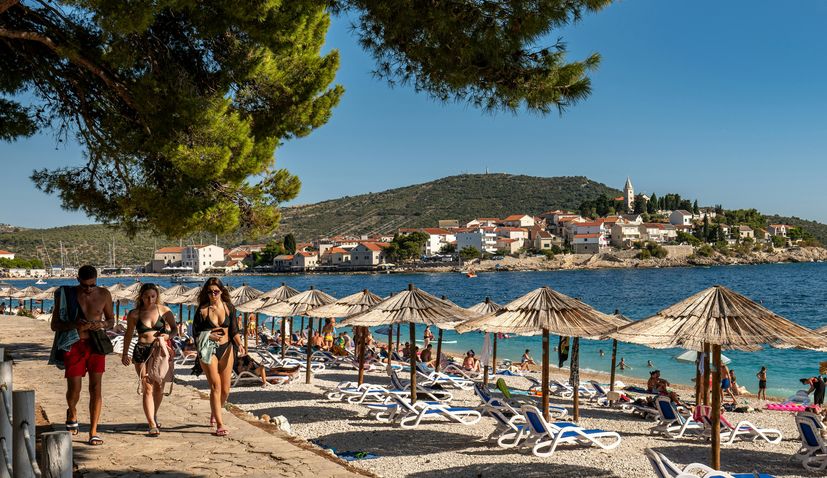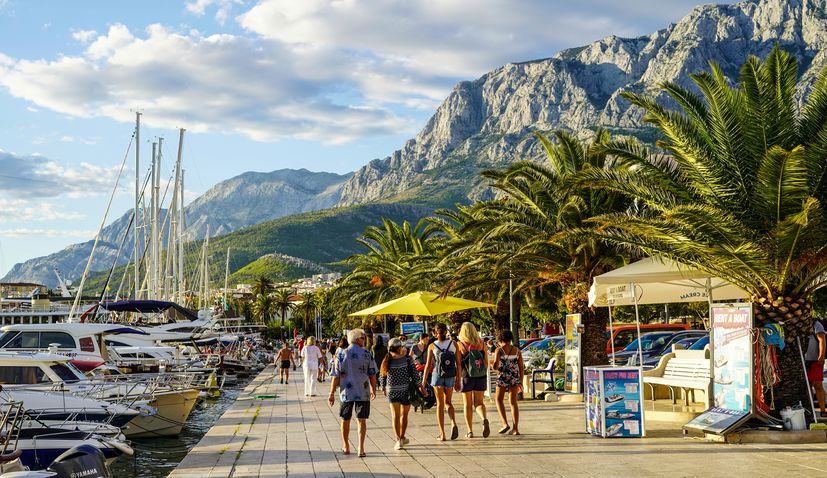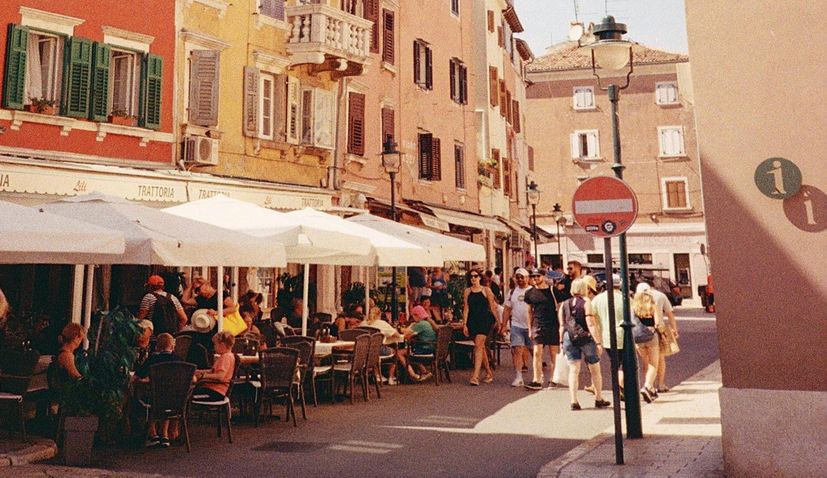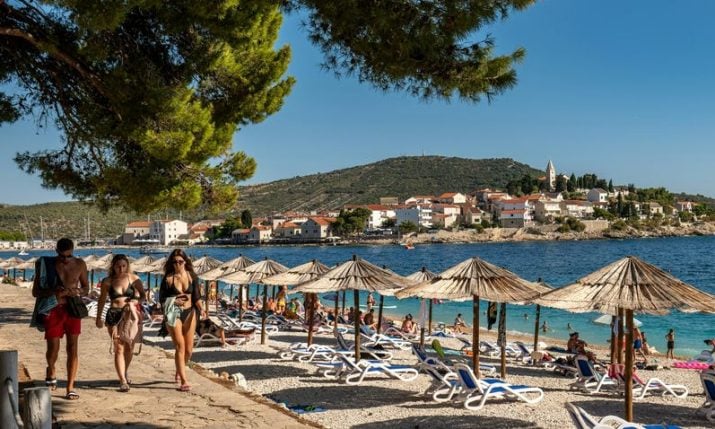
Warning signs from Germany
Croatia’s 2025 tourism season has once again delivered impressive numbers, with 15.5 million arrivals and over 79 million overnight stays recorded by the end of August – a slight increase on last year.
Revenues remain strong and the country continues to rank among Europe’s most popular holiday destinations.
Yet beneath the record-level results lies a more complex picture. Croatia’s largest and most important source market – Germany – has shown signs of fatigue.
As German-based Croatia travel specialists Kroati.de reports, after decades of steady growth and loyalty, German visitors travelled more cautiously in 2025, raising concern in the industry.
Germany: Still number one, but slipping
Germany remains Croatia’s largest foreign market, with more than four million overnight stays in July alone.
However, the trend across the summer was negative.
After a strong April and record June, arrivals from Germany fell back in August and September, particularly in traditional car-access regions such as Istria and Kvarner.
Tourism officials noted shorter stays, reduced spending, and a clear shift towards late, spontaneous bookings. For a market once defined by loyal early planners, this represents a significant change.

Makarska
From bargain to “too expensive”?
One key factor is price. Since the adoption of the euro in 2023, Croatia has steadily lost its reputation as a budget-friendly destination.
Media coverage of costly coffees, sun loungers and restaurant bills has fuelled the perception that Croatia is no longer good value for money.
For German families, highly sensitive to price-performance, this has become a decisive issue.
A two-week stay in Croatia is now often as expensive as holidays in Spain or Italy, but with fewer services included.
The result is a growing “expensive” image that was widely debated in German media this summer.
Croatia also faces aggressive competition from other Mediterranean destinations.
Countries such as Turkey, Greece, Egypt and Bulgaria continue to attract German holidaymakers with low-cost all-inclusive offers.
These packages provide price certainty and include meals, drinks and extras – costs that in Croatia often add up quickly.
Given a weaker economic climate in Germany, where households are tightening budgets, the choice between an all-inclusive in Turkey and self-catering in Croatia often favours the former.

German visitors decline
External pressures: Weather and wildfires
Adding to the uncertainty were summer wildfires along parts of the Adriatic. Although localised, images of flames and smoke circulating in German media had an immediate effect on last-minute bookings.
Together with weather fluctuations, such events highlight Croatia’s growing vulnerability to external factors in a market now dominated by late decisions.
Regional winners and losers
The impact was not uniform across Croatia. Istria and Kvarner, reliant on German drivers and camping families, reported declines. In contrast, destinations with strong air links – such as Split, Dubrovnik and Zagreb – continued to grow, buoyed by international guests and cruise traffic.
Rovinj, Medulin and Dalmatian islands like Hvar still performed well, showing that premium destinations remain resilient.

Rovinj
Outlook
Despite the challenges, Croatia ends 2025 on near-record levels. But the warning signs are clear: shorter stays, shifting booking habits and a cooling German market could pose risks in the years ahead.
For industry leaders, the message is simple – Croatia must address its “expensive” image and ensure value for money, or risk losing ground in its most vital market.
The balance between quality, pricing and international competition will determine whether the country can sustain its record-breaking streak into 2026.
